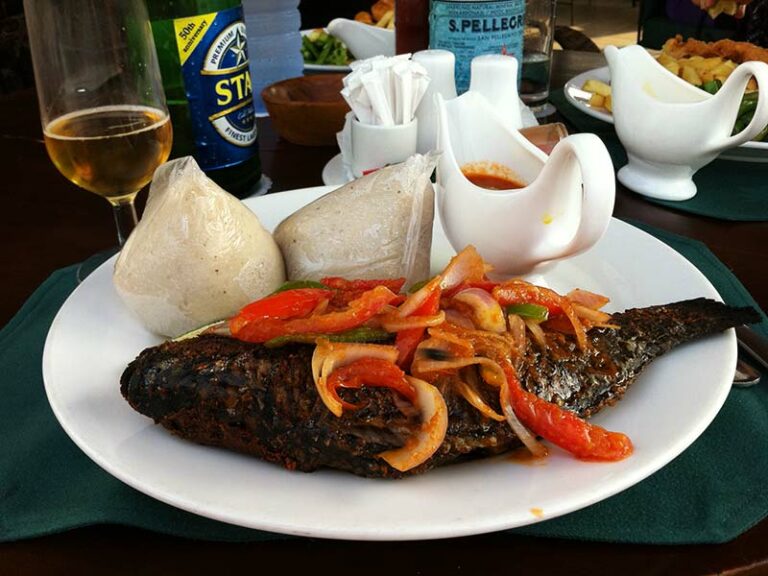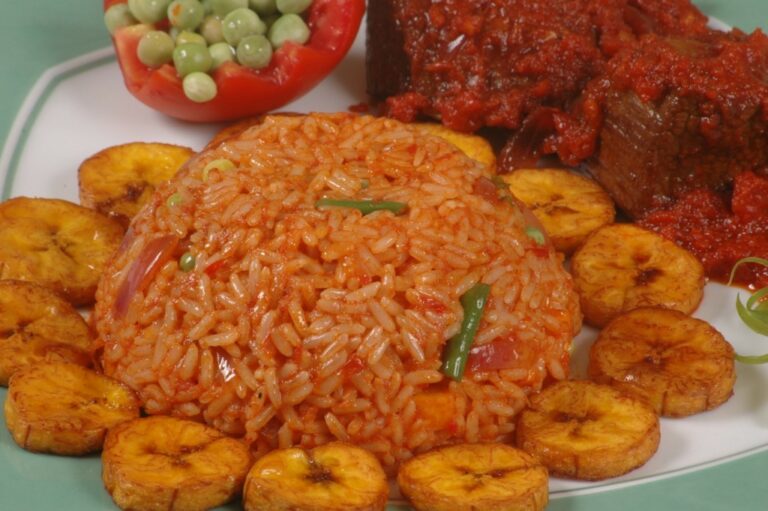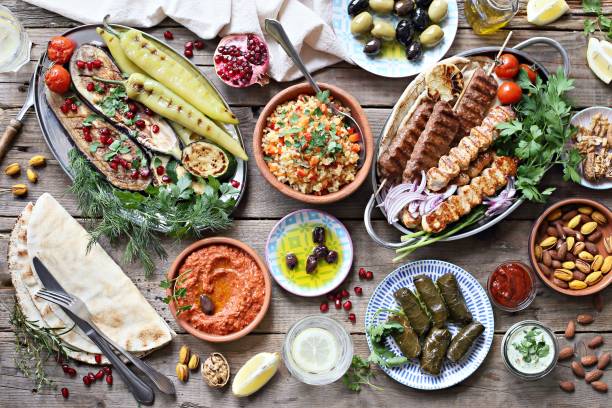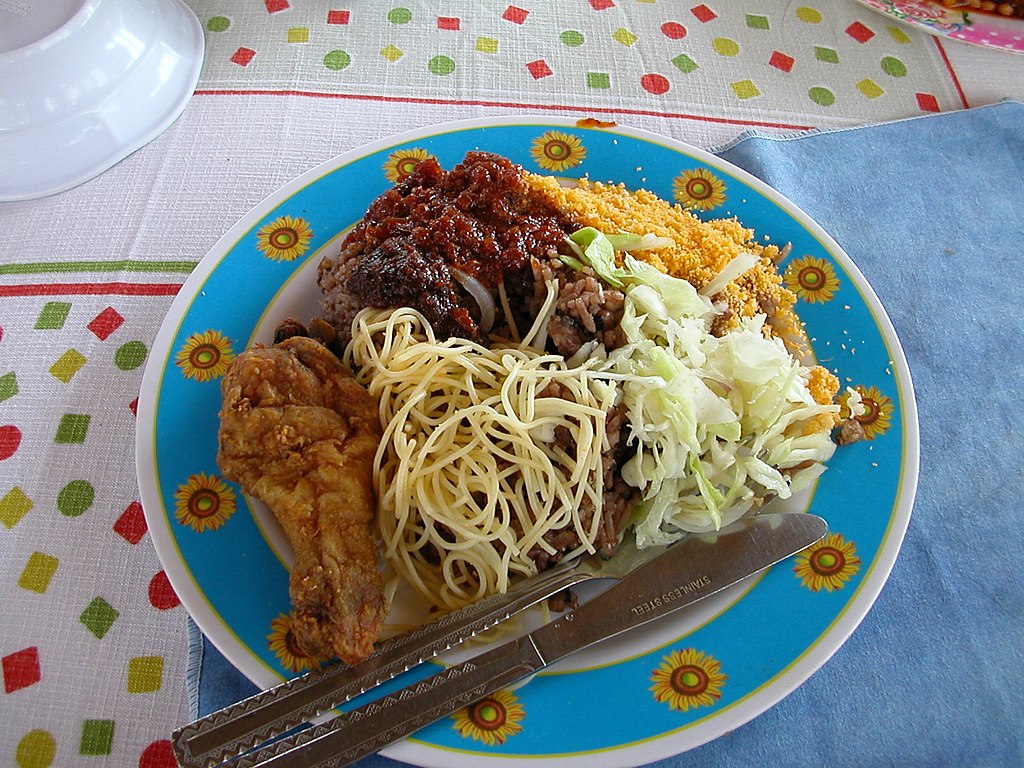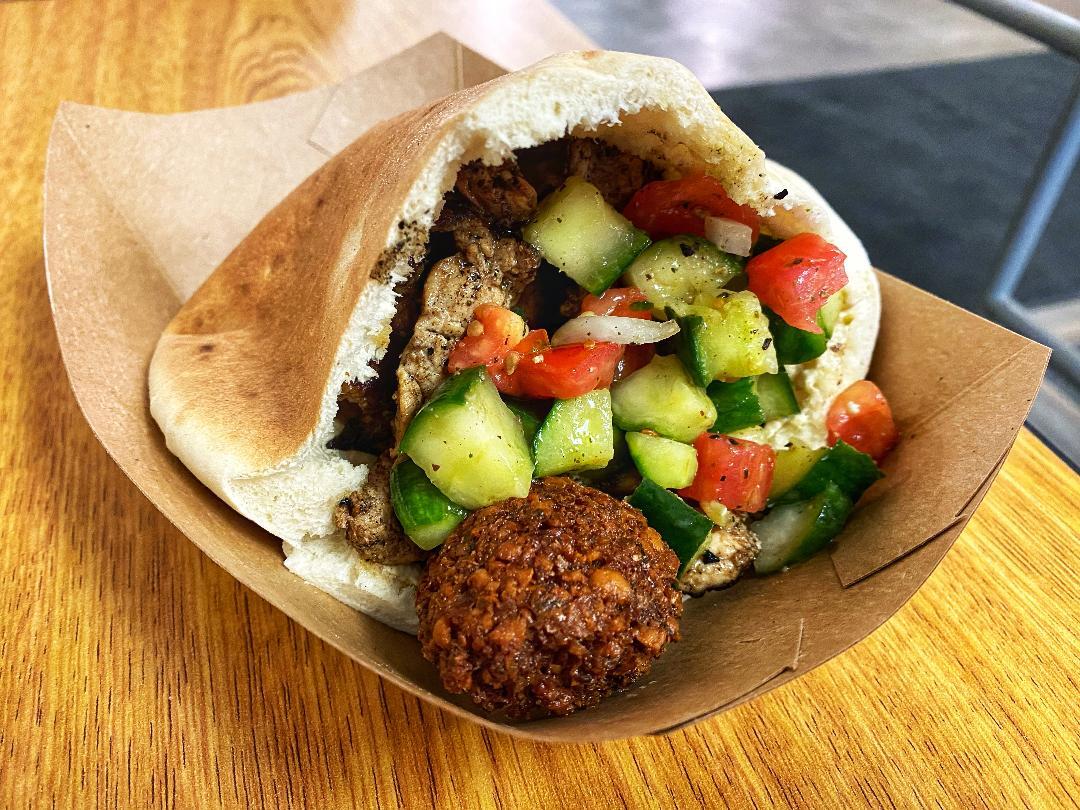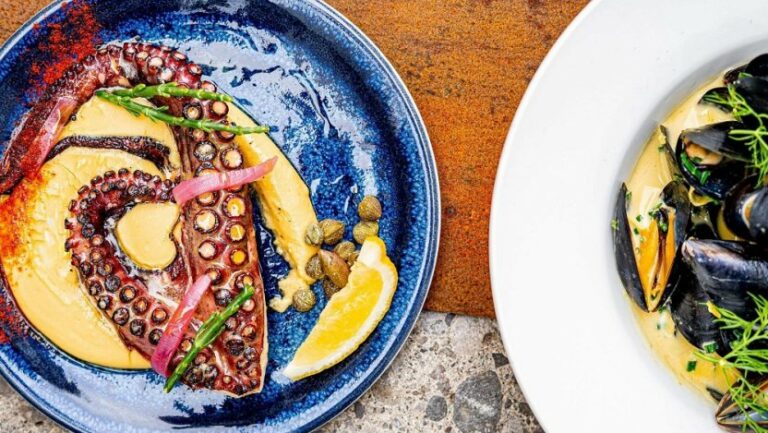Introduction: Greek cuisine overview
Greek cuisine is well-known for its fresh ingredients, bold flavors, and healthy nature. The Mediterranean diet is a prominent aspect of Greek cuisine, with an emphasis on whole foods, vegetables, grains, and lean proteins. Seafood has played an important role in Greek cuisine since ancient times, due to Greece’s extensive coastline and proximity to the Aegean Sea and Mediterranean Sea.
History of seafood consumption in Greece
Seafood has been a part of the Greek diet since ancient times. The ancient Greeks were well-versed in fishing and traded fish as a commodity. Fish was eaten fresh, salted, or dried and was often a staple food for the poorer classes. The Greek Orthodox tradition of fasting from meat during Lent also contributed to the popularity of seafood in Greek cuisine. Today, seafood remains a popular and important part of the Greek diet.
Types of seafood commonly used in Greek cuisine
The variety of fish and seafood available in Greek waters is vast, and many different types are used in Greek cuisine. Some of the most commonly used fish include sea bream, sea bass, red mullet, sardines, and anchovies. Octopus and squid are also commonly used, as are mussels, clams, and shrimp. Greek cuisine is also known for its use of salted and cured fish, such as cod and anchovies.
Popular seafood dishes in Greece
There are many popular seafood dishes in Greek cuisine, including grilled fish, fried calamari, sardines marinated in vinegar, and seafood stews. One of the most famous Greek seafood dishes is “psarosoupa,” a fish soup made with a variety of fish, vegetables, and herbs. Another popular dish is “garides saganaki,” which is shrimp cooked in a tomato-based sauce with feta cheese.
Seasonality and sustainability of seafood in Greece
In Greece, seafood is often consumed seasonally, with certain fish and seafood being more abundant at certain times of the year. Sustainability is also an important issue in Greek fishing and seafood production. The Greek government has implemented measures to regulate fishing and protect vulnerable species. Many restaurants and seafood markets in Greece also prioritize sustainable and local seafood options.
Conclusion: Importance of seafood in Greek cuisine
Seafood has been an integral part of Greek cuisine for centuries, and its importance remains significant today. From grilled fish to seafood stews and soups, Greek cuisine offers a wide variety of delicious and healthy seafood dishes. Sustainable fishing practices and seasonal consumption also ensure that Greek seafood remains both delicious and environmentally responsible.


